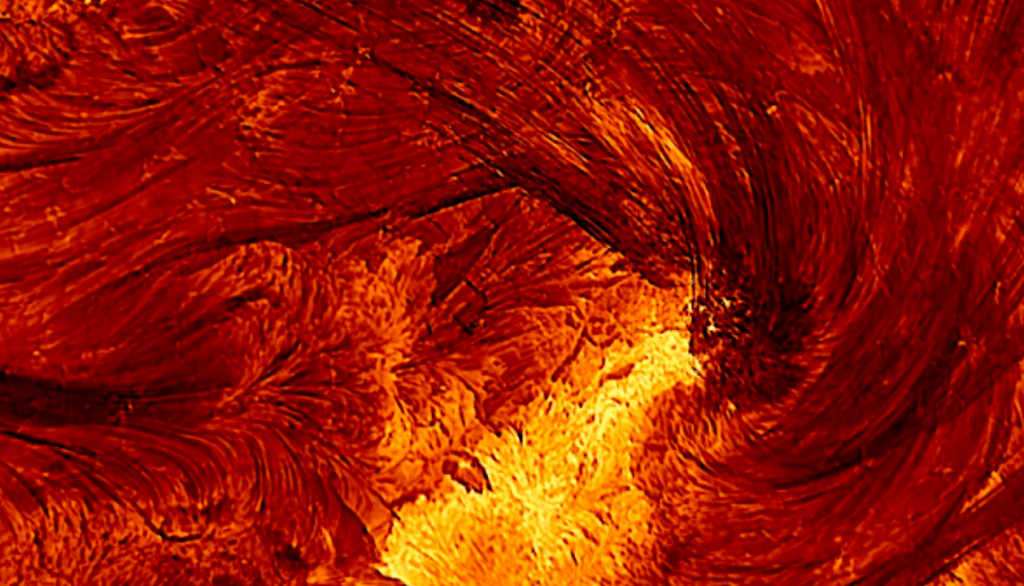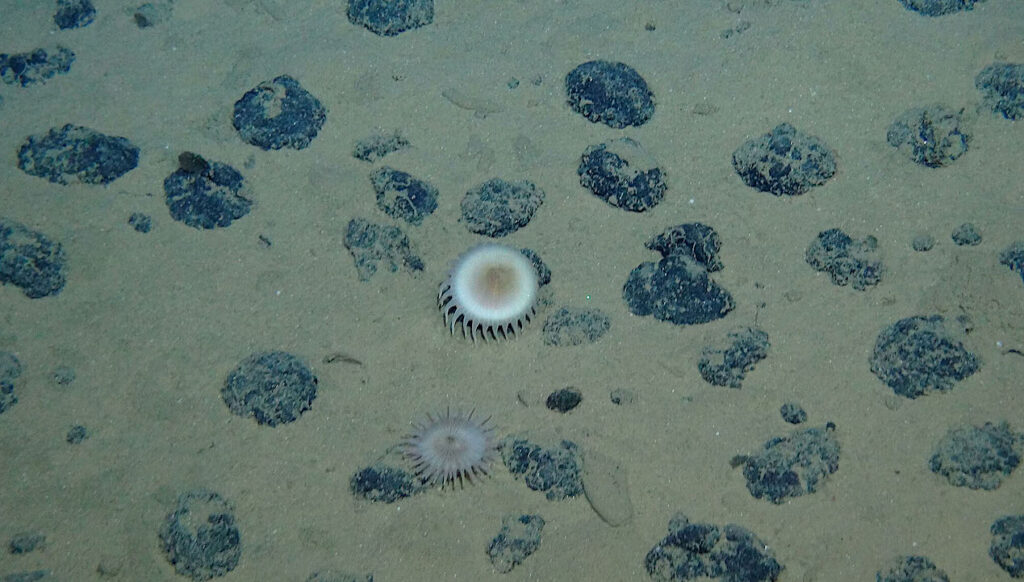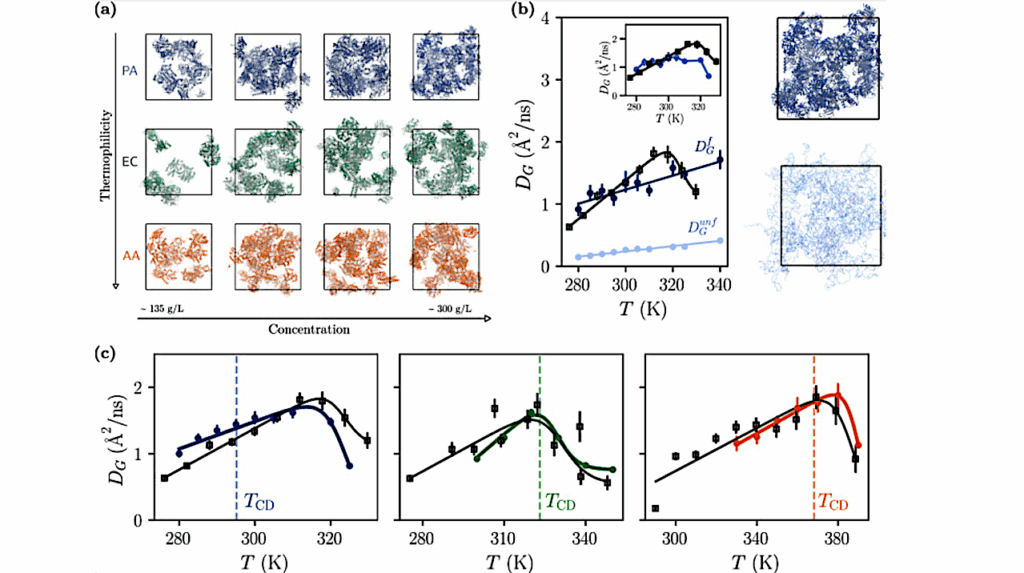Habitability Of The Early Earth: Liquid Water Under A Faint Young Sun Facilitated By Strong Tidal Heating Due To A Nearby Moon

Geological evidence suggests liquid water near the Earth’s surface as early as 4.4 gigayears ago when the faint young Sun only radiated about 70 % of its modern power output.
At this point, the Earth should have been a global snowball. An extreme atmospheric greenhouse effect, an initially more massive Sun, release of heat acquired during the accretion process of protoplanetary material, and radioactivity of the early Earth material have been proposed as alternative reservoirs or traps for heat.
For now, the faint-young-sun paradox persists as one of the most important unsolved problems in our understanding of the origin of life on Earth. Here we use astrophysical models to explore the possibility that the new-born Moon, which formed about 69 million years (Myr) after the ignition of the Sun, generated extreme tidal friction – and therefore heat – in the Hadean and possibly the Archean Earth. We show that the Earth-Moon system has lost about 3e31 J, (99 % of its initial mechanical energy budget) as tidal heat.
Tidal heating of roughly 10 W/m^2 through the surface on a time scale of 100 Myr could have accounted for a temperature increase of up to 5 degrees Celsius on the early Earth. This heating effect alone does not solve the faint-young-sun paradox but it could have played a key role in combination with other effects. Future studies of the interplay of tidal heating, the evolution of the solar power output, and the atmospheric (greenhouse) effects on the early Earth could help in solving the faint-young-sun paradox.
René Heller (1), Jan-Peter Duda (2), Max Winkler (3), Joachim Reitner (2), Laurent Gizon (1,4) ((1) Max Planck Institute for Solar System Research, Göttingen, (2) Göttingen Centre of Geosciences, Georg-August-University Göttingen, (3) Max Planck Institute for Extraterrestrial Physics, Garching, (4) Institute for Astrophysics, Georg-August-University of Göttingen)
Comments: submitted for peer-review, 21 pages, 5 colored Figures
Subjects: Earth and Planetary Astrophysics (astro-ph.EP); Solar and Stellar Astrophysics (astro-ph.SR)
Cite as: arXiv:2007.03423 [astro-ph.EP] (or arXiv:2007.03423v1 [astro-ph.EP] for this version)
Submission history
From: René Heller
[v1] Tue, 7 Jul 2020 13:40:19 UTC (1,501 KB)
https://arxiv.org/abs/2007.03423
Astrobiology








